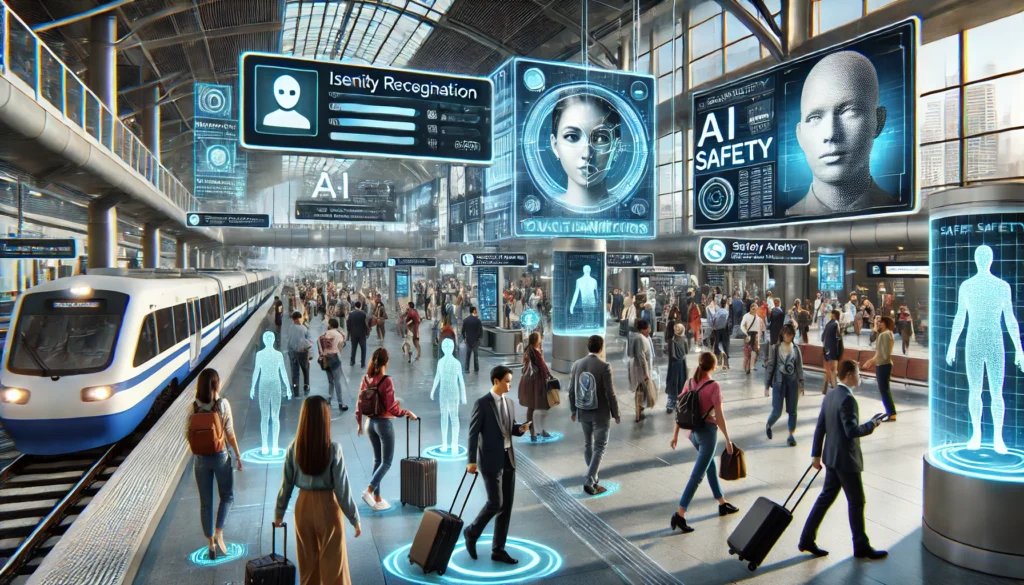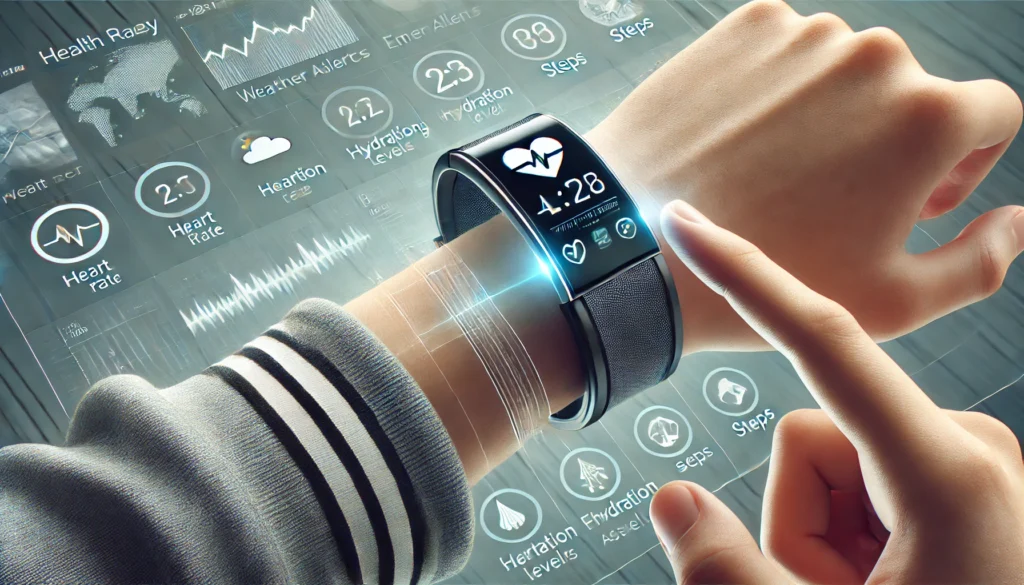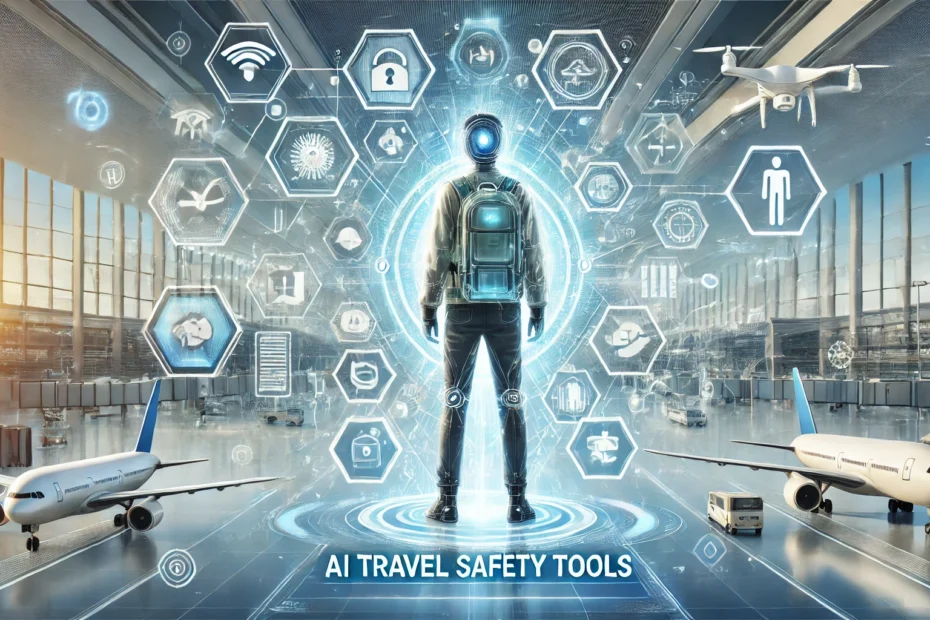The travel landscape in 2025 has become more advanced, convenient, and interconnected, thanks largely to the integration of artificial intelligence (AI). Yet, with these advancements come new safety concerns that travelers must consider. Whether you’re a solo adventurer, a family vacationer, or a business traveler, staying secure is paramount. Fortunately, a host of cutting-edge AI travel safety tools are available to help you navigate your journeys with confidence.
In this article, we’ll dive deep into the essential AI-powered tools and strategies to keep you safe while traveling in 2025.
The Rise of AI in Travel Safety
AI technology has revolutionized various sectors, and the travel industry is no exception. From real-time language translation to predictive analytics for weather patterns and crowd monitoring, AI plays a crucial role in enhancing both the travel experience and traveler safety.
By leveraging big data, machine learning algorithms, and IoT devices, AI tools can now:
- Monitor travel advisories in real-time
- Detect and predict potential threats
- Offer personalized safety recommendations
- Assist in emergencies with rapid response coordination
Top AI Travel Safety Tools to Use in 2025
1. AI-Powered Personal Safety Apps
Leading safety apps like SafeJourney AI and GuardianGo 2025 have become indispensable for travelers. These apps use AI to track your location, analyze crime data, and send alerts about unsafe areas. They can even auto-send SOS messages to your emergency contacts if an anomaly is detected in your behavior, such as sudden stops or route deviations.
2. Smart Translation Devices with Emergency Support
In 2025, language barriers are less of a concern. Devices like LinguaSafe AI not only translate languages in real-time but also have built-in emergency support features. If you find yourself in a crisis, you can quickly communicate with local authorities or healthcare providers, ensuring you receive help promptly.
3. AI-Driven Health Monitoring Wearables
Health wearables like the VitalGuard AI Band monitor travelers’ vital signs, hydration levels, and stress patterns. Integrated with AI algorithms, they alert users about potential health risks, suggest optimal hydration or rest times, and can automatically contact medical services if critical thresholds are breached.
4. Predictive Weather and Natural Disaster Alerts
Apps like WeatherShield AI analyze millions of data points to predict severe weather or natural disasters. These apps offer customized alerts based on your travel itinerary, ensuring you’re always prepared, whether facing sudden storms, earthquakes, or floods.
5. AI-Powered Fraud Detection for Transactions
Payment security is another crucial aspect. AI-based financial apps, such as TravelSafe Wallet AI, use machine learning to detect unusual transaction patterns, preventing fraud or unauthorized charges while you’re abroad. It can temporarily freeze your card if suspicious activity is detected and notify you instantly.
How AI Enhances Travel Safety in Public Spaces

Public spaces like airports, train stations, and tourist hotspots can be chaotic and vulnerable to safety risks. AI-driven surveillance systems in 2025 now offer:
- Facial Recognition for Threat Detection: AI systems can identify suspicious behavior or unauthorized access quickly.
- Crowd Analytics: Tools like CrowdSense AI monitor crowd density and flow, alerting authorities and travelers of overcrowding or potential security risks.
- Lost Belongings AI Assistants: Forgot your bag in a crowded station? AI assistants integrated with camera networks can help locate and track lost items in real-time.
AI Chatbots for Emergency Assistance
Many governments and travel agencies have adopted AI chatbots, accessible through apps or SMS, offering immediate assistance for travelers. These bots can guide you through emergency protocols, connect you to embassies, or even assist with rebooking canceled flights.
Privacy Concerns: Balancing Safety and Personal Data
While AI travel safety tools are highly effective, they require access to personal data. It’s crucial to ensure that the tools you use comply with global privacy regulations like GDPR and offer transparent data usage policies. Always opt for trusted apps with end-to-end encryption and anonymized data handling.
Practical Tips for Safe Traveling with AI in 2025

- Keep Devices Updated: Ensure all apps and wearables are running the latest software versions to benefit from new safety features and patches.
- Customize Safety Settings: Fine-tune alert thresholds, sharing permissions, and emergency contact details in your safety apps.
- Use VPNs for Public Wi-Fi: When using AI travel safety apps on public networks, secure your connection to prevent data breaches.
- Verify AI Recommendations: While AI suggestions are reliable, double-check critical information like local advisories or route changes.
Future Trends: What to Expect Beyond 2025
As AI continues to evolve, expect future travel safety tools to integrate more seamlessly into daily life. Anticipated advancements include:
- AI-Powered Autonomous Emergency Drones: Capable of delivering medical supplies or assisting in evacuations.
- Augmented Reality (AR) Safety Guides: AR glasses offering live overlays of safety alerts or navigation assistance.
- Emotion-Detection AI Systems: Tools that assess traveler stress or anxiety levels and provide calming interventions or recommendations.
Conclusion
Traveling in 2025 is an exciting, seamless experience, thanks to groundbreaking innovations in AI. However, with the world becoming increasingly interconnected, safety remains a priority. Utilizing AI travel safety tools not only offers real-time protection but also ensures peace of mind, allowing you to focus on enjoying your adventures.
By staying informed and leveraging the latest AI technologies, travelers can confidently navigate unfamiliar territories, prepared for any challenges they might face.
Frequently Asked Questions (FAQs)
1. What are AI travel safety tools?
AI travel safety tools are applications, devices, and systems powered by artificial intelligence to enhance traveler security. They include safety apps, wearables, translation devices, fraud detection systems, and predictive analytics for emergencies.
2. How do AI-powered safety apps work while traveling?
These apps use real-time location tracking, analyze crime or risk data, and provide alerts for unsafe areas. Many also offer SOS features that notify emergency contacts if suspicious behavior is detected.
3. Are AI travel safety tools safe to use regarding privacy?
Yes, reputable AI travel tools comply with privacy laws like GDPR and offer secure data encryption. It’s essential to choose apps and services that provide transparent data policies and prioritize user security.
4. Can AI help during medical emergencies while traveling?
Absolutely. AI-driven health monitoring wearables track vital signs and stress levels, and some can contact medical services automatically if any health risk is detected.
5. What is the future of AI in travel safety beyond 2025?
Future developments may include AI-powered emergency drones, AR safety guides, and emotion-detection AI systems to enhance travel safety and ensure a seamless, secure experience.



